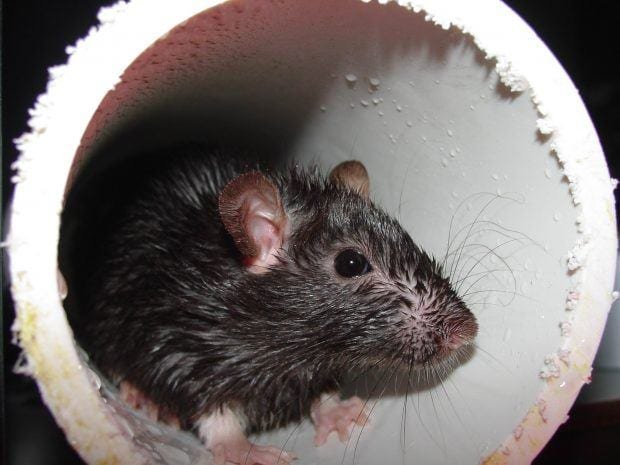It’s Official: Chicago now the ‘rattiest’ city in the U.S.

A new list out today makes it official – Chicago is the rattiest city in the nation.
Orkin released its Top 50 Rattiest Cities list today, and for the fourth consecutive time, Chicago takes the top spot.
Orkin ranked metro regions by the number of new rodent treatments performed from September 15, 2017 – September 15, 2018. This ranking includes both residential and commercial treatments.
|
1. Chicago |
26. San Diego (+9) |
|
2. Los Angeles (+1) |
27. Raleigh-Durham (+6) |
|
3. New York (-1) |
28. Buffalo, NY (+2) |
|
4. Washington, DC (+1) |
29. New Orleans (-6) |
|
5. San Francisco (-1) |
30. Norfolk, VA (-1) |
|
6. Detroit (+1) |
31. Richmond, VA (-6) |
|
7. Philadelphia (-1) |
32. Albany, NY (+4) |
|
8. Cleveland, OH (+5) |
33. Kansas City, MO (-6) |
|
9. Baltimore (-1) |
34. Portland, ME (+19) |
|
10. Denver (+1) |
35. Nashville, TN (+5) |
|
11. Minneapolis-St. Paul (+1) |
36. St. Louis, MO (-4) |
|
12. Dallas-Ft. Worth (-2) |
37. Sacramento (-11) |
|
13. Boston (+2) |
38. Greenville, SC (+4) |
|
14. Seattle (-5) |
39. Grand Rapids, MI (-5) |
|
15. Atlanta (-1) |
40. Phoenix (+4) |
|
16. Indianapolis (+3) |
41. Orlando (+6) |
|
17. Miami-Ft. Lauderdale (+1) |
42. Tampa (-4) |
|
18. Hartford, CT (-2) |
43. Burlington, NY (+11) |
|
19. Pittsburgh (+3) |
44. Champaign, IL (-3) |
|
20. Cincinnati (+4) |
45. Rochester, NY (-6) |
|
21. Milwaukee |
46. Syracuse (-1) |
|
22. Charlotte, NC (+6) |
47. Charleston, WV (+17) |
|
23. Houston (-3) |
48. Dayton, OH (+7) |
|
24. Portland, OR (-7) |
49. Memphis (-6) |
|
25. Columbus, OH (+6) |
50. Flint, MI (-1) |
During the colder months, rodent activity increases as these pests seek shelter in warm areas with readily-available food and water. In fact, the National Pest Management Association reports rodents enter an estimated 21 million homes in the U.S. each winter.
“Rodents don’t need much of an invitation to enter your home,” said Chelle Hartzer, an Orkin entomologist. “A rat can squeeze through an opening as small as a quarter, while a mouse can wedge its way into a hole smaller than a dime.”
They chew through just about anything and can cause structural damage as they gnaw on electrical wires, gas lines and support beams. It’s estimated approximately 25 percent of unexplained fires start from rodent chewing.
“Aside from causing structural damage, rodents can carry hundreds of pathogens that can transmit various diseases and dangerous parasites. Additionally, they constantly leave behind droplets of urine as they travel each day. These droppings can contribute to asthma and allergic reactions, especially in children,” Hartzer added.
To help people avoid the potential health and safety risks associated with rodents, Orkin recommends the following tips to help prevent rats and mice in and around the home:
- Inspect both inside and outside the home for rodent droppings, burrows and rub marks along baseboards and walls. The more quickly rodents are detected, the better.
- Look for possible entry points outside the home, seal all cracks larger than 1/4 of an inch and install weather strips at the bottom of exterior doors.
- Trim overgrown branches, plants and bushes to avoid giving them a “jumping off” point.
- Keep your home clean, inside and out. Clean up crumbs and spills as soon as they happen to avoid leaving food residue or sugary substances that can attract rodents. Store all food (including pet food) in tightly-sealed containers like plastic bins, and never leave food or dishes sitting out overnight.
Rodents are far more than a nuisance – they can be dangerous and difficult to control. To effectively control rodent introductions, contact a trained pest professional who can assess your situation, implement a sound solution that is designed just for your home and monitor for improvements over time.




